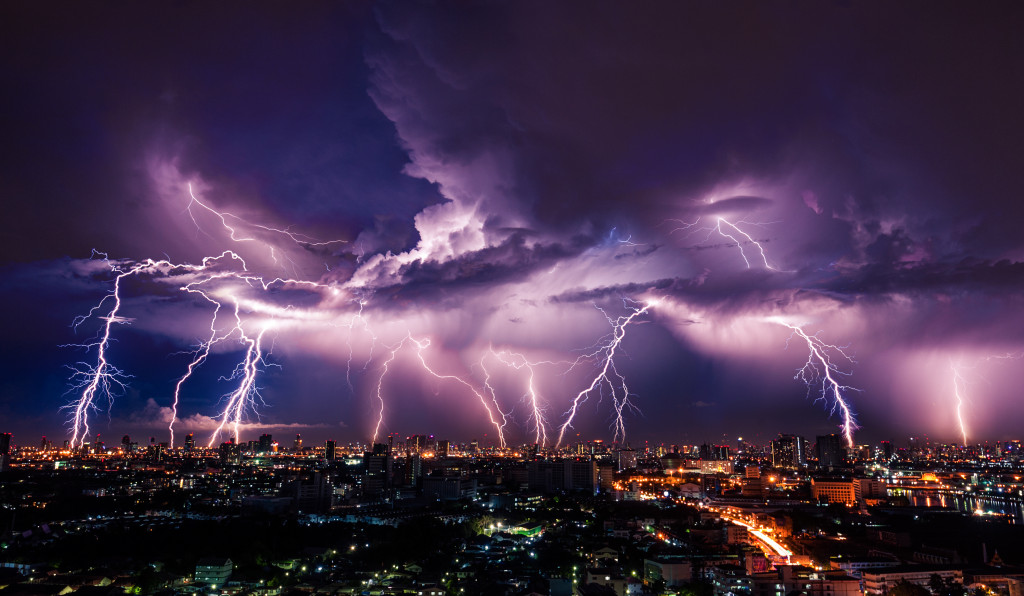• Typhoons can cause physical damage, financial losses, disruption of essential services, and psychological trauma.
• Natural barriers such as levees, dikes, and mangroves can reduce flooding and wind damage.
• An evacuation plan should be established to ensure everyone’s safety during a typhoon.
• Education is key to making sure everyone knows how to prepare and stay safe during a typhoon.
• With the right preparation, you can help minimize the effects of typhoons in your community.
Typhoons in the U.S. are devastating. They can cause serious damage to property, homes, and lives. For example, Hurricane Katrina in 2005 caused an estimated $160 billion in damage, killed 1,833 people, and displaced over 1 million residents of Louisiana, Mississippi, and Alabama. Typhoons can also cause flooding and landslides which can lead to further destruction of property and loss of life. If you want your community to survive this kind of natural disaster you need to know its effects and how to deal with it.
The Impact of Typhoons on Your Community
Typhoons are one of the most destructive natural disasters in the world. They can cause significant damage to homes and businesses, disrupt essential services, and even cause fatalities. But how exactly do typhoons affect your community? Here’s a look at some of the impacts that typhoons can have on you and your neighbors.
The Effects of Damage Caused by Typhoons
The most obvious effect of a typhoon is the damage it causes to buildings and infrastructure. Strong winds can knock down trees, rip apart roofs, and topple power lines. Flooding caused by heavy rains can cause extensive damage to homes and businesses as well as result in loss of life. In addition to these physical damages, there are also financial losses associated with typhoon-related disruption to business operations.

The Effects on Essential Services
Typhoons can also have a major impact on essential services such as electricity, water, sanitation, transportation, and communication systems. Power outages may occur due to downed power lines or flooding that affects electrical systems. This means that people may be left without access to reliable sources of light or heat during the storm or its aftermath.
Water shortages may also be experienced due to damaged pipes or disruption in the water supply chain. Sanitation systems may become overwhelmed by flooding waters resulting in an increased risk of disease outbreaks if not quickly addressed.
Transportation networks will also be affected with roads being blocked off due to fallen trees or damaged bridges leading to delays in getting around your community during the storm or its aftermath. Communication networks such as phone lines or internet services may also be disrupted making it difficult for people to stay connected with family members during these times of crisis.
Psychological Impact
Lastly, there is often significant psychological trauma associated with surviving a major typhoon event due to prolonged periods without access to essentials such as food, shelter, and medical care. This can lead to feelings of anxiety and depression that require professional help from mental health professionals in order for people to cope with their experiences in a healthy way.

How Your Community Can Deal With It
Typhoons can be a devastating force to contend with, but there are steps that can be taken in order to reduce their impact on your community. Here are some of them:
Use Natural Barriers
One of the best ways to decrease the chances of flooding and wind damage from a typhoon is to use natural barriers such as levees, dikes, and mangroves. These can help reduce the amount of water that reaches your community and also provide some protection from strong winds. You can ask your local excavators to dig out any areas that may need to be fortified. They can help with other projects in your community as well to ensure it’s as resilient as it can be.
Prepare an Evacuation Plan
Having a well-thought evacuation plan is essential in order to ensure the safety of your community during a major typhoon event. Make sure everyone knows what areas are safe and which ones should be avoided, and make sure you have enough supplies (such as water, food, and medicine) stockpiled in case you need to evacuate. You can also establish emergency shelters for those who might not have a place to go during the storm.
Educate Your Community
It’s important to educate your community on the dangers of typhoons and how they can prepare for these events. Make sure everyone understands what to do when a typhoon is approaching, where they can go if they need to evacuate, and how to stay safe during the storm. You can also provide access to mental health services in order to help those who are struggling with the psychological effects of catastrophic events like this.
Typhoons have the potential to cause serious harm in your community, but with the right preparation and knowledge, you can minimize their impacts. By following the tips above, you can help ensure that everyone stays safe while facing these kinds of powerful storms.


